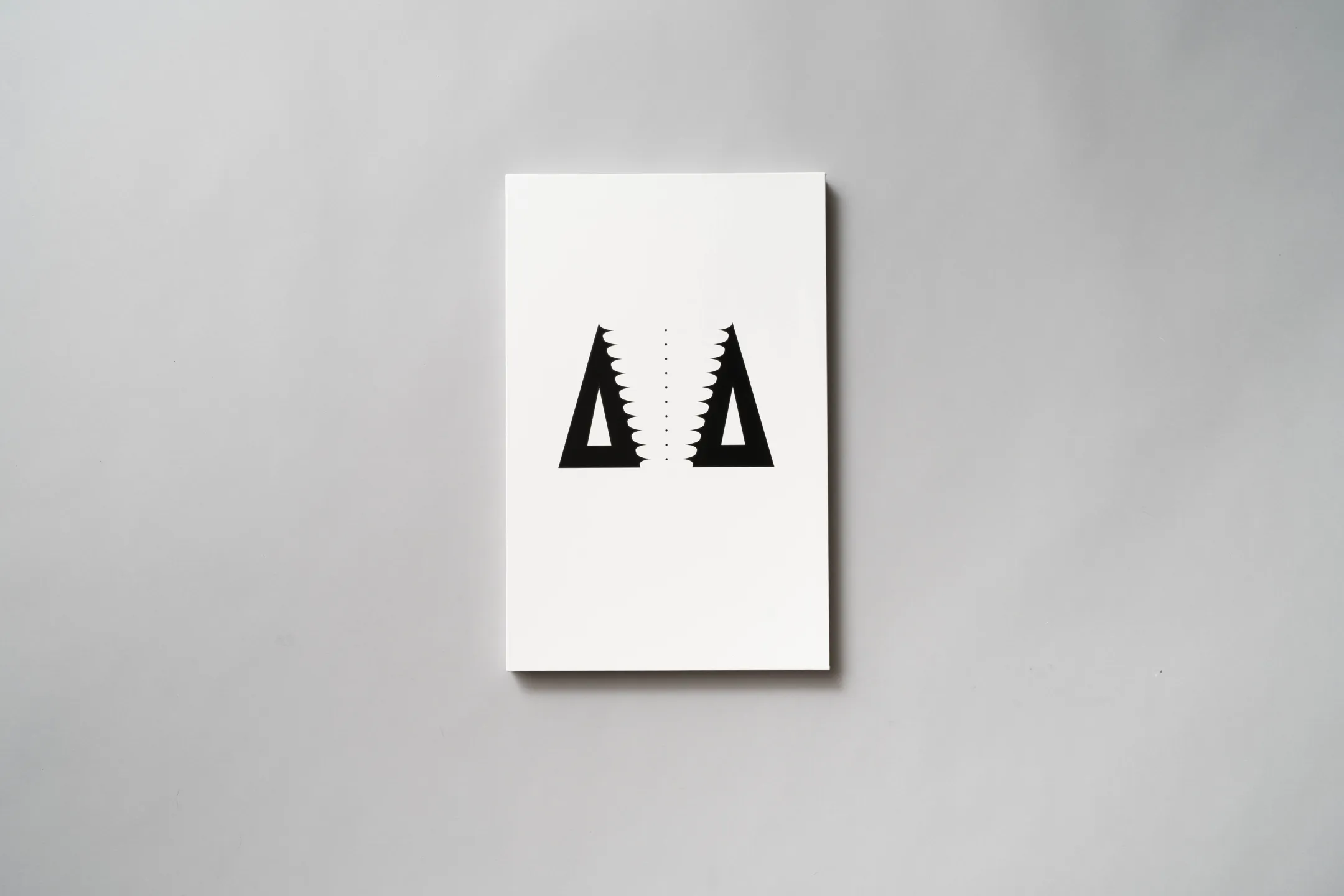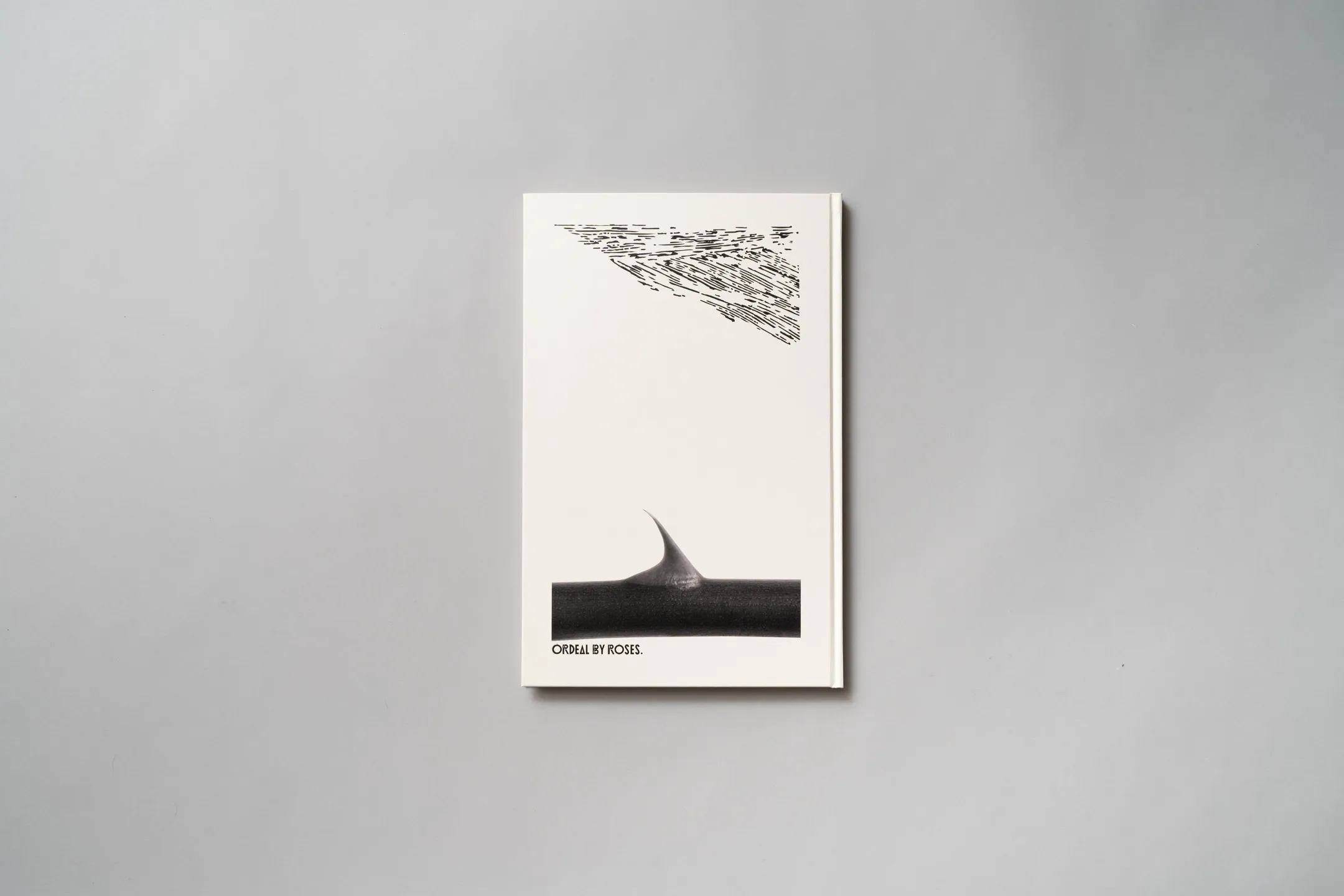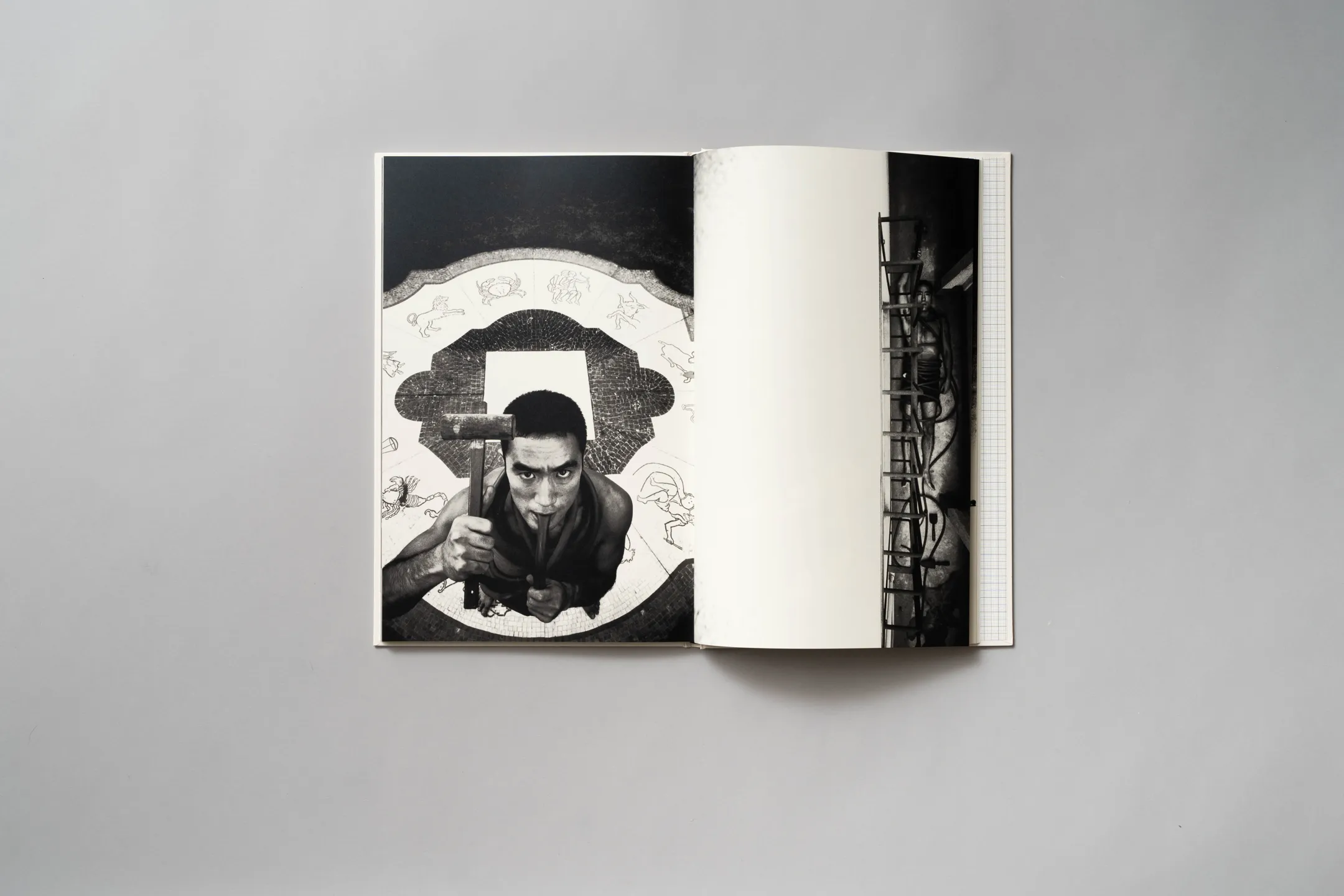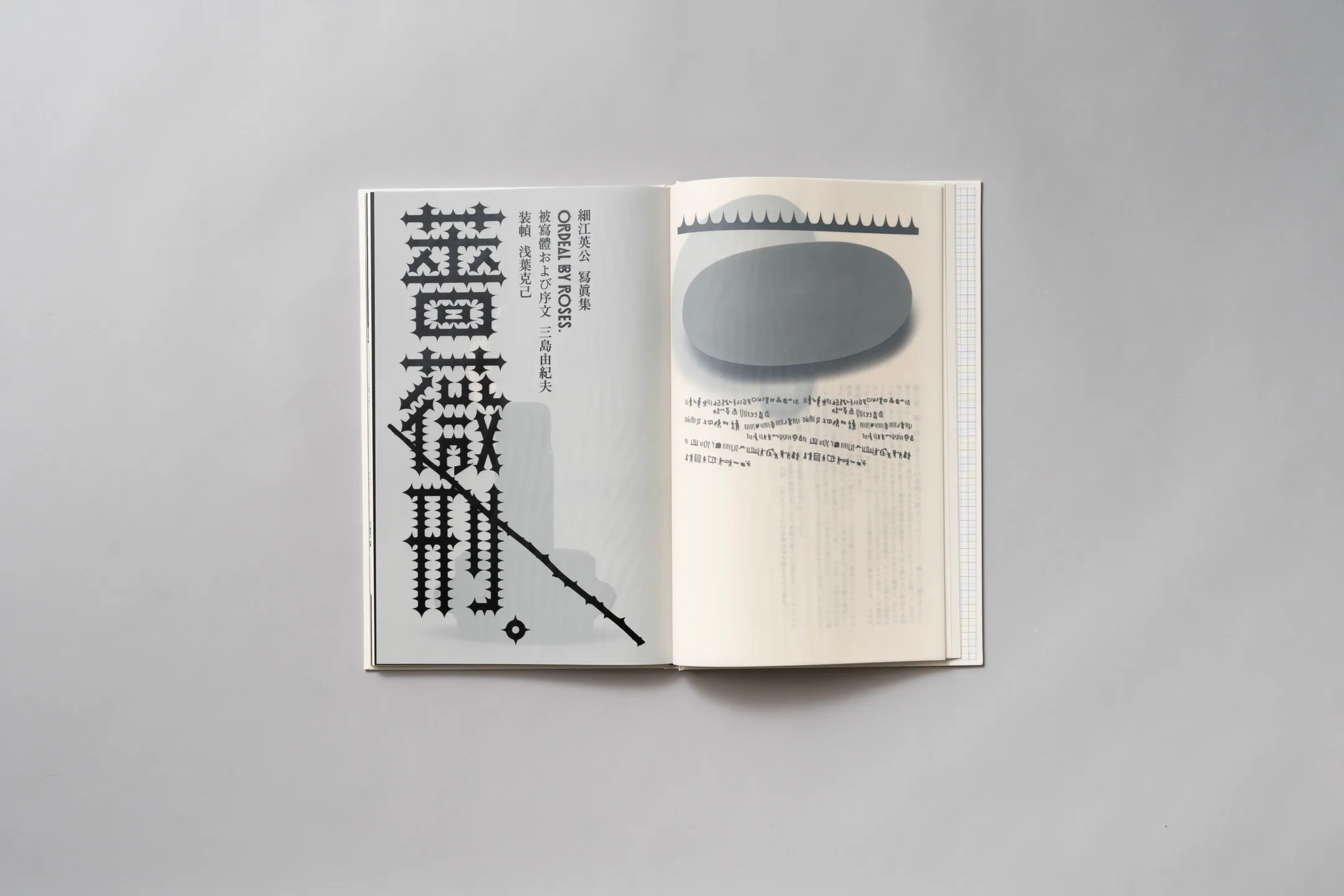Works
The first edition of this work was published by Shueisha on March 25, 1963, and won the “Japan Photo Critics Association” Writer's Award. This collection of photographs, with its numerous unusual, aesthetic, and sensual compositions, has been highly acclaimed not only in Japan but also abroad.
Although “21st Century Edition: The Rosicrucian Punishment” is often thought of as an extension of Yukio Mishima's contemporary or Western rococo or aesthetic image of the artist, it is, as mentioned above, an aspect of the artist, as you will see when you view this collection of his photographs.
The book includes five new photographs that have not been previously published, and was designed by Katsumi Asaba, a master of the Japanese design world. The book also features the world's first use of the revolutionary printing technology “Grasset H.M.,” developed by SUNM Color, and is a gorgeous finish suitable for a collector's edition.
The “glassettes” of “Glassettes F.M.” is a technique that combines the advantages of both “gravure printing,” which excels in the reproduction of photographs, and “offset printing,” which is now the mainstream printing method, and is truly the world's most advanced printing technology for modern “photographic printing.
The 21st Century Edition of “The Rape of the Roses” is a “black-and-white” photo book. In order to surpass the “beauty” of the contrast (gradation, edges, etc.) of the first edition (1963) of “Gravure Printing,” six colors of ink, including special colors, were used to express the “black and white” of the photographic world of “The Rape of the Roses” in a luxurious way. The book is bound in a three-sided spine box. Of course, the “three-sided box” is also a luxurious binding with the best printing.
Subject: Yukio Mishima, age 36 (age at start of photography) Photographer: Eikoh Hosoe, age 28 Shooting period: 1961 (September 1961) - 1962 (Spring 1962) Sites photographed: Minami-Magome Mishima Residence, “Asbestokan” training hall, abandoned factory site in Kameido, construction site at the former site of Aoyama Church, etc.
I asked him, “What in the world does this mean? His very succinct answer was, “It's about the destruction of idols. I said, “Well, in that case, there's no point in having me attached to you. I am not an idol first, and second, I am a person who is always trying to destroy myself. If you really want to destroy idols, strip the old landlord naked and wrap a rubber hose around him. And when he asked me to shoot a series of pictures for his exhibition, I agreed, making sure that it would be his real work and not something obviously commercial. Yukio Mishima, “The ‘Rosicrucian’ Experience
I heard that every artist has the desire to become art itself. But they are too shy to say so. You can't write a personal essay in which you dress up in a shabby way and write about a lousy love affair if you are not confident that your appearance is art. I can't write poetry, but it is a joint poetic work with the photographer. I think of it as a book of poems about photography.” Eikoh Hosoe, “Japan's Greatest Subject: Yukio Mishima
The true desire of an artist is not to create art, but perhaps to transform himself into art itself. Be silent. Be silent and let your physiology be liberated. Join this one and only organization, this one and only secret society, and wallow with it. Mr. Mishima Transforms into Art: On Eikoh Hosoe's Photo Book “Rose Punishment”” by Kobo Abe
Published by YMP Inc. Year of publication: 2015 Size: 430 x 280 mm, with special box, 102 pages https://asukainternational.com/books/barakei/index.html




